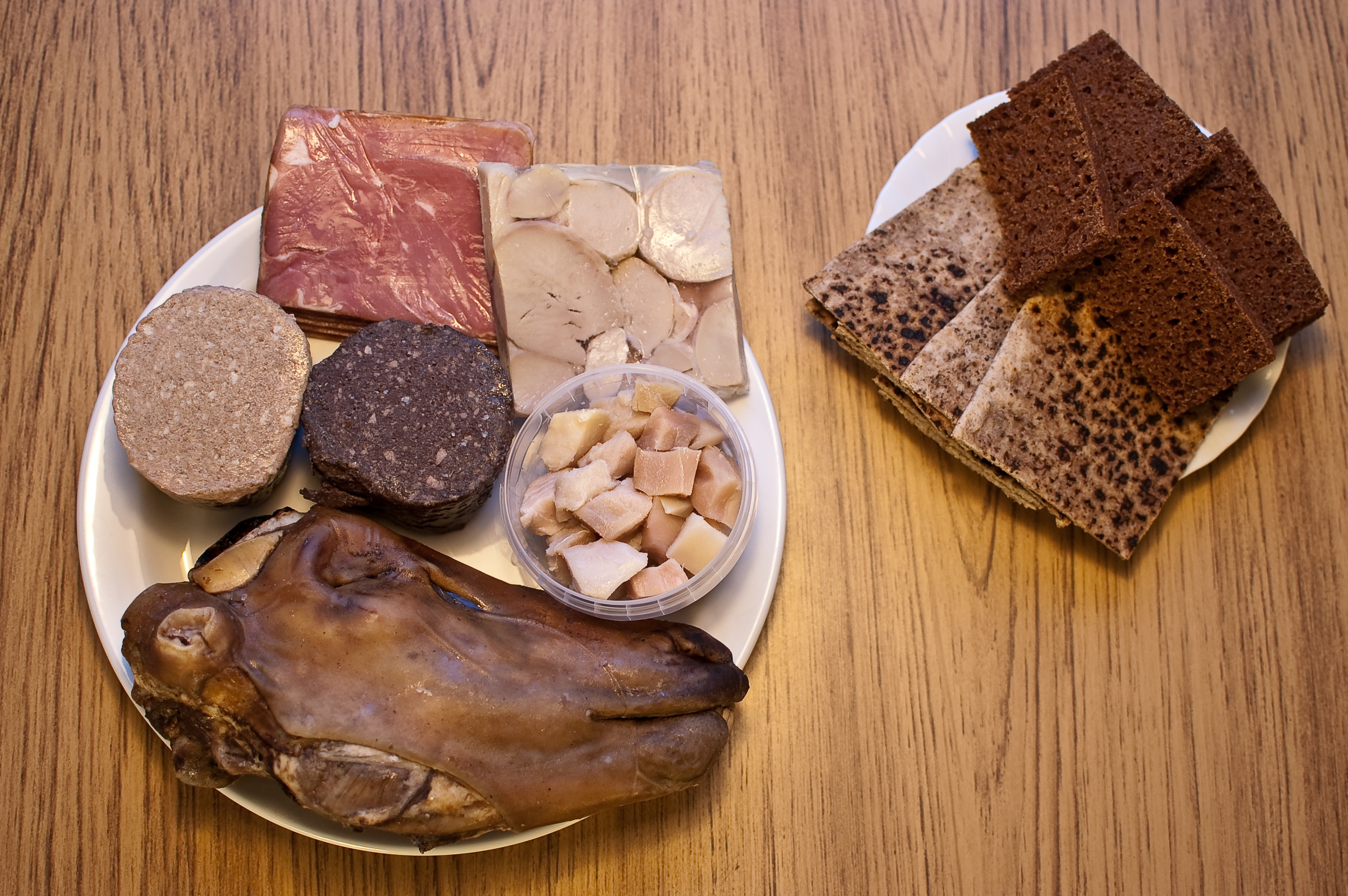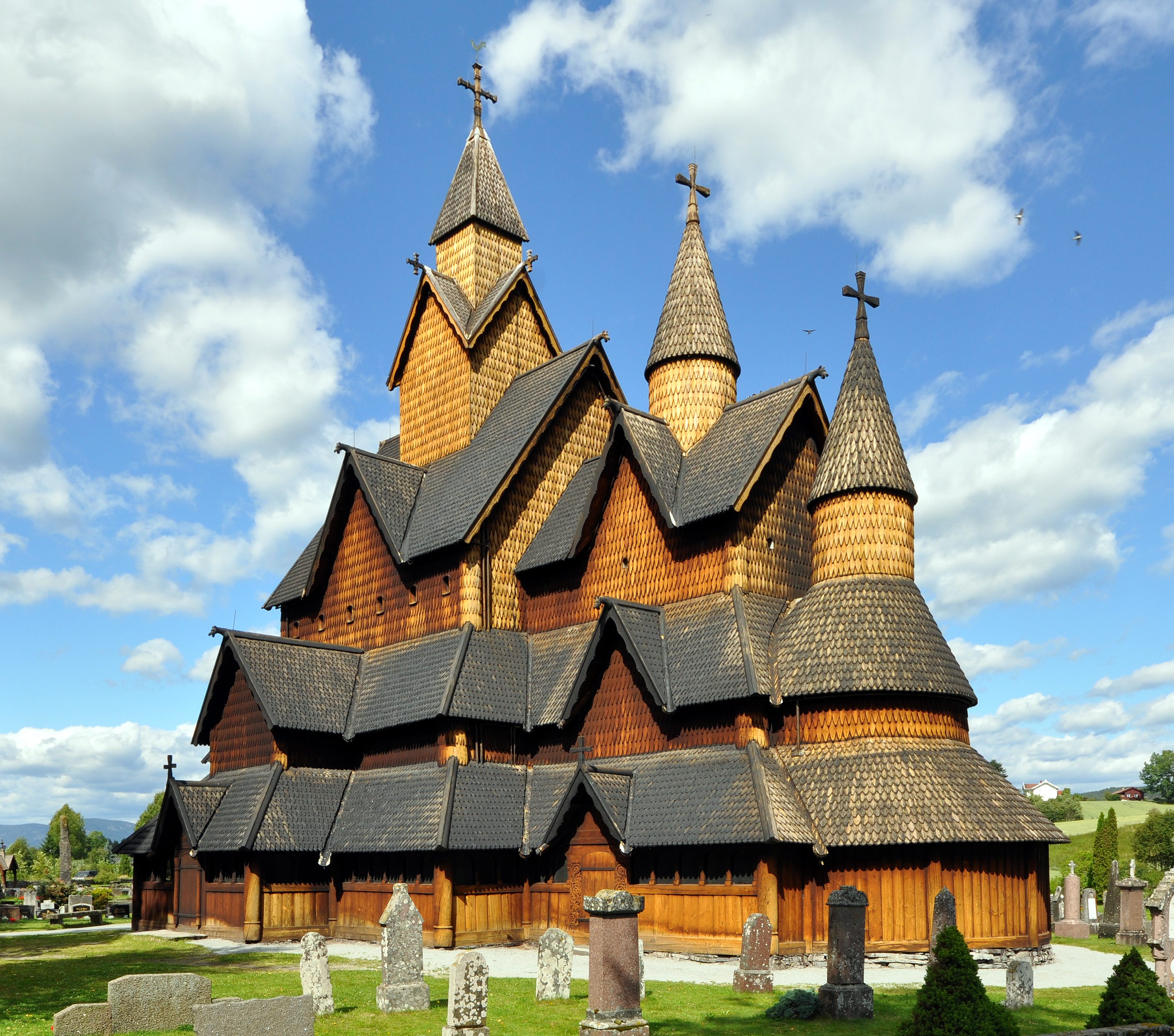|
Vegvísir
The ( Icelandic for "wayfinder", ) is an Icelandic magical stave intended to help the bearer find their way through rough weather. The symbol is attested in the Huld Manuscript, collected in Iceland by Geir Vigfusson in Akureyri in 1860, in the National Library in Reykjavík and does not have any earlier attestations. Despite its lack of a clear connection to the Viking Age, the symbol is often erroneously called a Viking compass. A leaf of the manuscript provides an image of the , gives its name, and, in prose, declares that "if this sign is carried, one will never lose one's way in storms or bad weather, even when the way is not known".Flowers (1989:88). in the National Library in Reykjavík Stephen E. Flowers lists the Vegvisir in his translation of the Galdrabók, but in a later publication cites it in “Isländische Zauberzeichen und Zauberbücher” by Ólafur Davíðsson rather than the Galdrabók. Tomáš Vlasatý claims that it is not only in the Huld manuscri ... [...More Info...] [...Related Items...] OR: [Wikipedia] [Google] [Baidu] |
Helm Of Awe
The Helm of Awe or Helm of Terror (Icelandic: ''Ægishjálmur'', Old Norse ''Œgishjalmr'') is an object in Norse mythology relating to the hoard protected by the Germanic dragon, worm Fáfnir and subsequently the name of a modern Icelandic magical staves, Icelandic magical stave. The word comes from the Old Norse words "one who frightens" and "helmet", and according to Alessia Bauer and Alexandra Pesch is "commonly interpreted as 'helmet of awe' or 'helmet of terror'". Medieval attestations of the object ''Völsunga saga'' A physical object called the ''Ægishjálmur'' is referenced as one item Sigurd, Sigurðr takes from Fáfnir's hoard after he slays him in Völsunga saga, ''Völsunga saga''.Byock, Jesse. ''The Saga of the Volsungs''. London: Penguin, 1999, pp. 66. ''Reginsmál'' In the prose of ''Reginsmál'', Fáfnir is described as owning the helm and that all living creatures feared it. ''Fáfnismál'' The object is also discussed in ''Fáfnismál'' in the Poetic Edda, ... [...More Info...] [...Related Items...] OR: [Wikipedia] [Google] [Baidu] |
Icelandic Magical Staves
Icelandic magical staves () are sigils that were credited with supposed magical effect preserved in various Icelandic grimoires, such as the Galdrabók, dating from the 17th century and later. Table of magical staves See also * Galdr * Hex sign * Runic magic There is some evidence that, in addition to being a writing system, runes historically served purposes of magic. This is the case from the earliest epigraphic evidence of the Roman to the Germanic Iron Age, with non-linguistic inscriptions and ... References External links *Hrafnhildur Inga Guðjónsdóttir. 2024. "On Icelandic Occult Symbols Today". Hyldyr. [...More Info...] [...Related Items...] OR: [Wikipedia] [Google] [Baidu] |
Proto-Germanic Language
Proto-Germanic (abbreviated PGmc; also called Common Germanic) is the reconstructed proto-language of the Germanic branch of the Indo-European languages. Proto-Germanic eventually developed from pre-Proto-Germanic into three Germanic branches during the fifth century BC to fifth century AD: West Germanic, East Germanic and North Germanic. North Germanic remained in contact with the other branches over a considerable time, especially with the Ingvaeonic languages (including English), which arose from West Germanic dialects, and had remained in contact with the Norse. A defining feature of Proto-Germanic is the completion of the process described by Grimm's law, a set of sound changes that occurred between its status as a dialect of Proto-Indo-European and its gradual divergence into a separate language. The end of the Common Germanic period is reached with the beginning of the Migration Period in the fourth century AD. The alternative term " Germanic parent langua ... [...More Info...] [...Related Items...] OR: [Wikipedia] [Google] [Baidu] |
Culture Of Iceland
The culture of Iceland is largely characterized by its literary heritage that began during the 12th century but also traditional arts such as weaving, silversmithing, and wood carving. The Reykjavík area hosts several professional theaters, art galleries, bookstores, cinemas and museums. There are four active folk dance ensembles in Iceland. Iceland's literacy rate is among the highest in the world. Arts Architecture Icelandic architecture draws from Scandinavia and traditionally was influenced by the lack of native trees on the island. As a result, grass and turf-covered houses were developed. The original grass houses constructed by the original settlers of Iceland were based on Viking longhouses. Literature Much of the history of Iceland has been recorded in the Icelandic sagas and Edda. The most famous of these include ''Njáls saga'', about an epic blood feud, and '' Grænlendinga saga'' and '' Eiríks saga'', describing the discovery and settlement of Greenland ... [...More Info...] [...Related Items...] OR: [Wikipedia] [Google] [Baidu] |
Icelandic Folklore
Nordic folklore is the folklore of Denmark, Norway, Sweden, Iceland and the Faroe Islands. It has common roots with, and has been under mutual influence with, folklore in England, Germany, the Low Countries, the Baltic countries, Finland and Sápmi. Folklore is a concept encompassing expressive traditions of a particular culture or group. The peoples of Scandinavia are heterogenous, as are the oral genres and material culture that has been common in their lands. However, there are some commonalities across Scandinavian folkloric traditions, among them a common ground in elements from Norse mythology as well as Christian conceptions of the world. Among the many tales common in Scandinavian oral traditions, some have become known beyond Scandinavian borders – examples include The Three Billy Goats Gruff and The Giant Who Had No Heart in His Body. Legends * Tróndur was a powerful Viking chieftain who lived in the Faroe Islands during the 9th century. According to legend, Tr� ... [...More Info...] [...Related Items...] OR: [Wikipedia] [Google] [Baidu] |
Landsbokasafn Islands Haskolabokasafn
( Icelandic: ; English: ''The National and University Library of Iceland'') is the national library of Iceland which also functions as the university library of the University of Iceland. The library was established on 1 December 1994 in Reykjavík, Iceland, with the merger of the former national library, Landsbókasafn Íslands (est. 1818), and the university library (formally est. 1940). It is the largest library in Iceland with about one million items in various collections. The library's largest collection is the national collection containing almost all written works published in Iceland and items related to Iceland published elsewhere. The library is the main legal deposit library in Iceland. The library also has a large manuscript collection with mostly early modern and modern manuscripts, and a collection of published Icelandic music and other audio (legal deposit since 1977). The library houses the largest academic collection in Iceland, most of which can be borrowed fo ... [...More Info...] [...Related Items...] OR: [Wikipedia] [Google] [Baidu] |
Red Wheel/Weiser/Conari
Red Wheel/Weiser, also known in different periods in its history as RedWheel/Weiser/Conari and Samuel Weiser, Inc., is a book publisher with three imprints: Red Wheel, Weiser Books and Conari Books. It is America's second-largest publisher of occult and New Age books, behind Llewellyn Worldwide, and is also one of the oldest American publishers to concentrate exclusively on that genre. It publishes on average 60-75 new titles per year and maintains a large backlist, partly of books that it originally published, and partly of older public domain rare occult books. Imprints Weiser Books This main imprint is also the oldest. It was founded as ''Samuel Weiser, Inc.'' in 1956, a time when few other publishers were willing to tackle occult subjects, and was originally an offshoot of the New York City retailer, Weiser Antiquarian Books. This imprint publishes the backlist and continues to acquire books on occultism, astrology, esoteric subjects, Eastern religions, Wicca and related to ... [...More Info...] [...Related Items...] OR: [Wikipedia] [Google] [Baidu] |
Stephen Flowers
Stephen Edred Flowers, commonly known as Stephen E. Flowers or his pen name Edred Thorsson, is an American runologist, university lecturer, and proponent of occultism, especially of Neo-Germanic paganism and Odinism. He helped establish the Germanic Neopagan movement in North America and has also been active in left-hand path occult organizations. Flowers has worked to promote the European New Right. Occult career Flowers has established or been associated with the publishing companies named Rûna-Raven Press (c. 1993-2015), Lodestar Books (c. 2011-2019), and Arcana Europa Media (c. 2020-present). As Thorsson, he has been published by Arktos. In the Spring of 1995, due to inner turmoil, Flowers withdrew from any involvement with the Ring of Troth. In August 1995 he and Dawn traveled to Iceland and England to strengthen the work of the Rune-Gild. In April 1996 Flowers retired from his position as Grand Master of the Order of the Trapezoid in order to focus more intently ... [...More Info...] [...Related Items...] OR: [Wikipedia] [Google] [Baidu] |
Bind Rune
A bind rune or bindrune () is a Migration Period Germanic typographic ligature, ligature of two or more Runic alphabet, runes. They are extremely rare in Viking Age inscriptions, but are common in earlier (Proto-Norse) and later (medieval) inscriptions.Enoksen, Lars Magnar (1998). ''Runor: historia, tydning, tolkning'', p. 84. Historiska Media, Falun. On some runestones, bind runes may have been ornamental and used to highlight the name of the carver. Description There are two types of bind runes. Normal bind runes are formed of two (or rarely three) adjacent runes which are joined together to form a single conjoined glyph, usually sharing a common vertical stroke (see ''Hadda'' example below). Another type of bind rune called a same-stave rune, which is common in Scandinavian runic inscriptions but does not occur at all in Anglo-Saxon runes, Anglo-Saxon runic inscriptions, is formed by several runic letters written sequentially along a long common stemline (see ''þ=r=u=t=a=ʀ ... [...More Info...] [...Related Items...] OR: [Wikipedia] [Google] [Baidu] |
Proto-Indo-European Language
Proto-Indo-European (PIE) is the reconstructed common ancestor of the Indo-European language family. No direct record of Proto-Indo-European exists; its proposed features have been derived by linguistic reconstruction from documented Indo-European languages. Far more work has gone into reconstructing PIE than any other proto-language, and it is the best understood of all proto-languages of its age. The majority of linguistic work during the 19th century was devoted to the reconstruction of PIE and its daughter languages, and many of the modern techniques of linguistic reconstruction (such as the comparative method) were developed as a result. PIE is hypothesized to have been spoken as a single language from approximately 4500 BCE to 2500 BCE during the Late Neolithic to Early Bronze Age, though estimates vary by more than a thousand years. According to the prevailing Kurgan hypothesis, the original homeland of the Proto-Indo-Europeans may have been in the Pon ... [...More Info...] [...Related Items...] OR: [Wikipedia] [Google] [Baidu] |
Old Norse
Old Norse, also referred to as Old Nordic or Old Scandinavian, was a stage of development of North Germanic languages, North Germanic dialects before their final divergence into separate Nordic languages. Old Norse was spoken by inhabitants of Scandinavia and their Viking expansion, overseas settlements and chronologically coincides with the Viking Age, the Christianization of Scandinavia, and the consolidation of Scandinavian kingdoms from about the 8th to the 15th centuries. The Proto-Norse language developed into Old Norse by the 8th century, and Old Norse began to develop into the modern North Germanic languages in the mid- to late 14th century, ending the language phase known as Old Norse. These dates, however, are not precise, since written Old Norse is found well into the 15th century. Old Norse was divided into three dialects: Old West Norse (Old West Nordic, often referred to as ''Old Norse''), Old East Norse (Old East Nordic), and Old Gutnish. Old West Norse and O ... [...More Info...] [...Related Items...] OR: [Wikipedia] [Google] [Baidu] |





